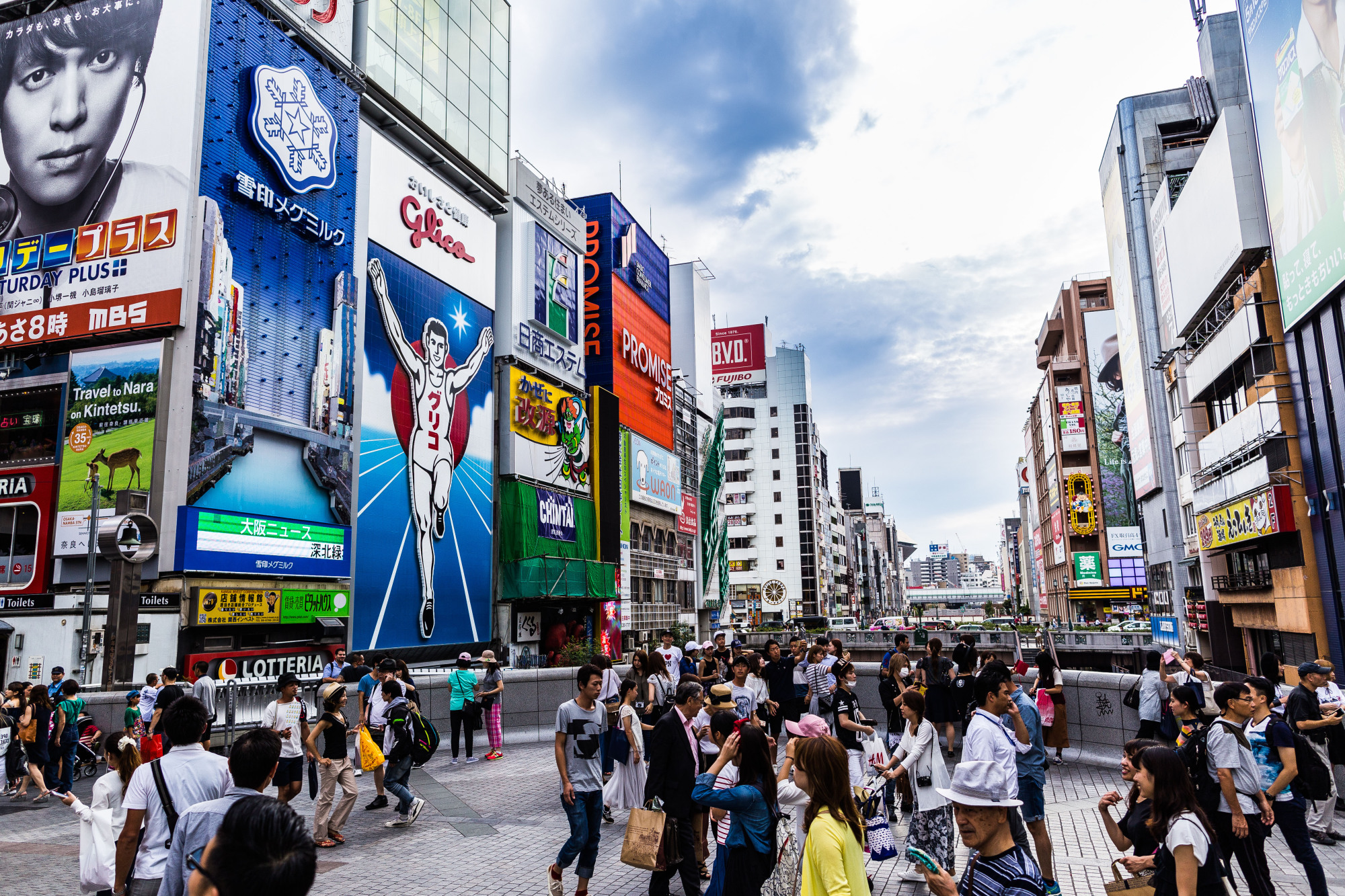A projection showing that Japan's population could fall from 127.09 million in 2015 to 88.08 million by 2065 has pushed Kansai leaders harder for more policies and funding to increase the local birthrate, keep younger people from leaving and protect the growing ranks of the elderly.
The announcement this month by the government-affiliated National Institute of Population and Social Security Research came just after the start of the 2017 fiscal year, and amid growing worries about projections that many areas of the country will become inhabited only by seniors and depopulate — an issue that, over the past few years, has become the top concern of local politicians seeking to shore up their tax bases.
The institute's latest projections are only for Japan as a whole, not individual prefectures. But they come at a time when municipalities and prefectures nationwide had already spent several years nervously planning long-term policies based on earlier depopulation projections for specific locales.

















With your current subscription plan you can comment on stories. However, before writing your first comment, please create a display name in the Profile section of your subscriber account page.